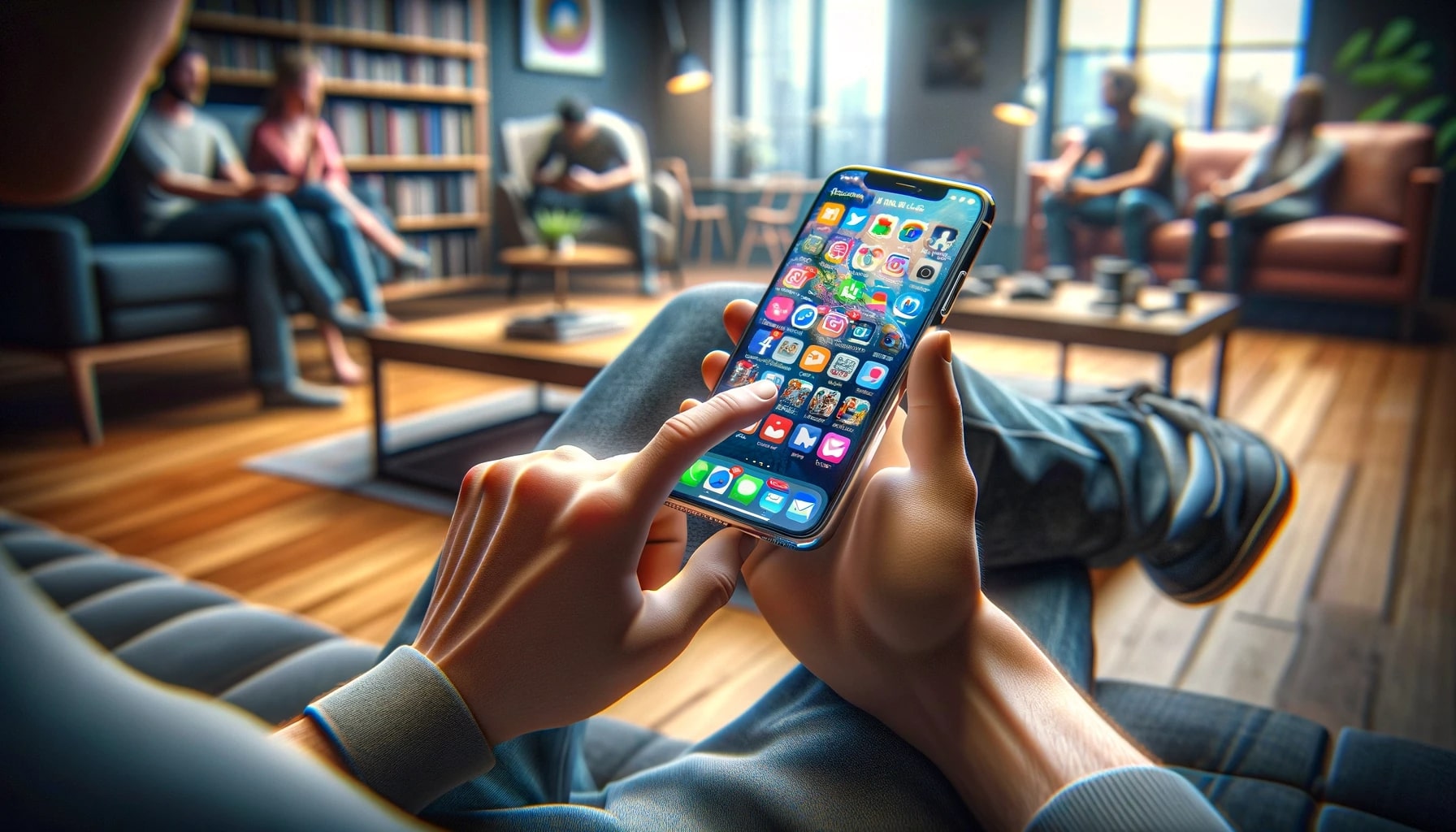The OnePlus 12 is here to challenge the competition with its remarkable features and design. In this comprehensive review, we’ll delve into the key aspects of this smartphone, from its design and display to software, performance, camera capabilities, and more. Let’s see how the OnePlus 12 fares in the highly competitive smartphone market.
Design and Features
The OnePlus 12 maintains the iconic OnePlus design language, with a focus on the display and a distinctive camera bump on the rear. While it retains the aesthetic appeal, some concerns arise regarding the curved sides, which can lead to accidental touches and visual distortions. The device’s durability is on par with its competitors, featuring Gorilla Glass protection. However, it falls short in waterproofing with an IP65 rating, a disappointment considering the everyday risks of exposure to water.
OnePlus has increased the device’s size to accommodate a larger 6.82-inch display, boasting a remarkable 1440×3168 resolution. The display is a standout feature, offering Dolby Vision support and an impressive peak brightness of 4500 nits. Despite minor hiccups with Dolby Vision support on certain streaming platforms, the display’s quality and brightness make it a visual delight.
Hardware and Software
Under the hood, the OnePlus 12 is powered by the latest Snapdragon 8 Gen 3 chipset, ensuring lightning-fast performance. It excels in everyday tasks and handles demanding applications and games with ease. Benchmark tests demonstrate its prowess, outperforming its competitors significantly.
The device runs on Android 14, a commendable choice for timely updates. OnePlus’s software implementation is user-friendly, resembling Google’s clean design. It offers flexibility in customization compared to other competitors, making it a solid choice for Android enthusiasts.

OnePlus has made strides in improving its camera system, featuring a set of impressive lenses. The 50MP wide sensor delivers exceptional results with natural colors and minimal artifacts. It excels in low light conditions and offers an impressive bokeh effect.
However, the ultra-wide camera falls short in macro mode, producing inconsistent results. The telephoto camera, with 3x optical zoom, performs admirably, though the 6x digital zoom is less impressive. The device’s rear camera system features a large cover glass, prone to smudging and requiring extra care.
The selfie camera is sharp and performs well in low-light environments but may sacrifice color accuracy in some scenarios.
The OnePlus 12 offers robust battery life, with efficient power management. It supports rapid charging, with up to 80 watts over a wired connection and 50 watts wirelessly. The reverse-wireless charging feature is a useful addition.
The device’s network speed and connectivity are commendable, supporting a wide range of bands for strong reception and fast speeds.
The OnePlus 12 is a compelling smartphone in many aspects. It retains the flagship killer essence while challenging higher-priced competitors like the Galaxy S24 Ultra. Its standout features include a stunning display, top-notch performance, and a capable camera system. However, it falls short in terms of durability, lacking IP68 protection and lagging behind in promised OS updates compared to Samsung and Google.
Despite these shortcomings, the OnePlus 12’s competitive starting price of $800 positions it as an attractive option for users seeking flagship-level performance without breaking the bank. It appeals to those who prioritize design, performance, and value for money. If you’re in the market for a stylish, high-performance smartphone with a few concessions, the OnePlus 12 is worth considering.
Ultimately, the OnePlus 12 maintains its flagship killer DNA and offers an enticing alternative to more expensive flagship models. It may not redefine the smartphone landscape, but it stands out as a solid choice for users seeking a balance between affordability and premium features in 2024.
Is OnePlus Better Than Samsung?
Design-wise, the OnePlus 11 is larger with a 6.7-inch display compared to the Galaxy S23’s more compact 6.1-inch screen. The OnePlus 11 has a curved display which might appeal to some, while the Galaxy S23 opts for a flat screen. Camera systems in both are comparable, with OnePlus bringing more megapixels, but Samsung excelling in software processing, especially in low light.
In terms of everyday usage, the choice largely depends on personal preferences like size, camera quality, and specific features like wireless charging. OnePlus offers a powerful device at a more affordable price, while Samsung provides a well-rounded, premium experience. Ultimately, the decision between OnePlus 11 and Samsung Galaxy S23 boils down to what one values more – performance and value or camera quality and additional features.
Are OnePlus Phones Good Quality?
Critically acclaimed for its gaming performance and extended security support, the OnePlus 11, priced competitively at $699, offers substantial value. However, its camera, while good, doesn’t quite match rivals like the Google Pixel 7 Pro or Samsung Galaxy S23 in certain aspects, such as waterproofing and telephoto capabilities. OnePlus phones are well-tested and known for good screens, battery life, and reliable build quality, offering a range of options for every budget. The company’s shift towards more phone releases per year and the integration with Oppo has expanded its reach, making OnePlus a significant player in the smartphone market.
OnePlus 12 Series










